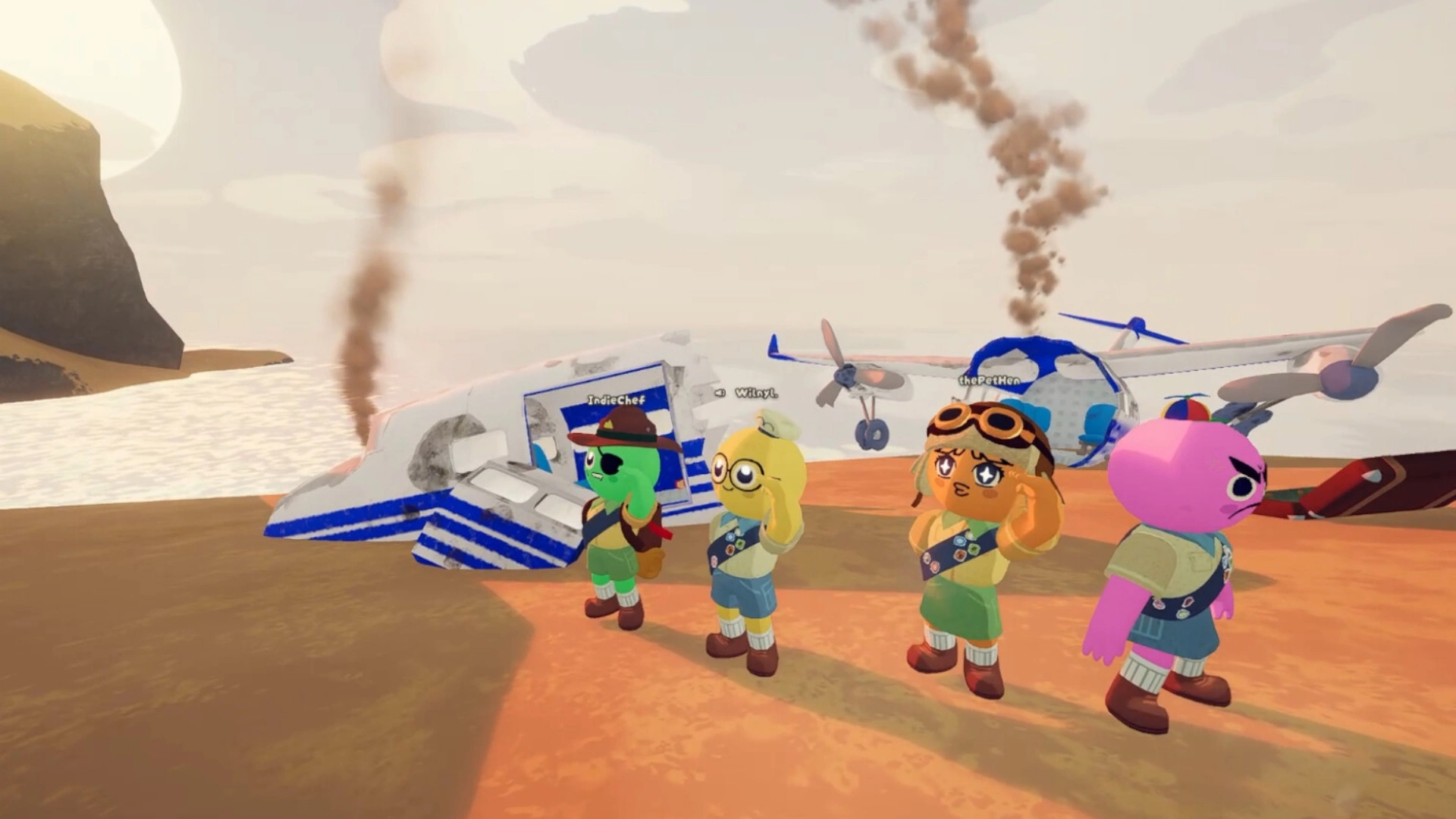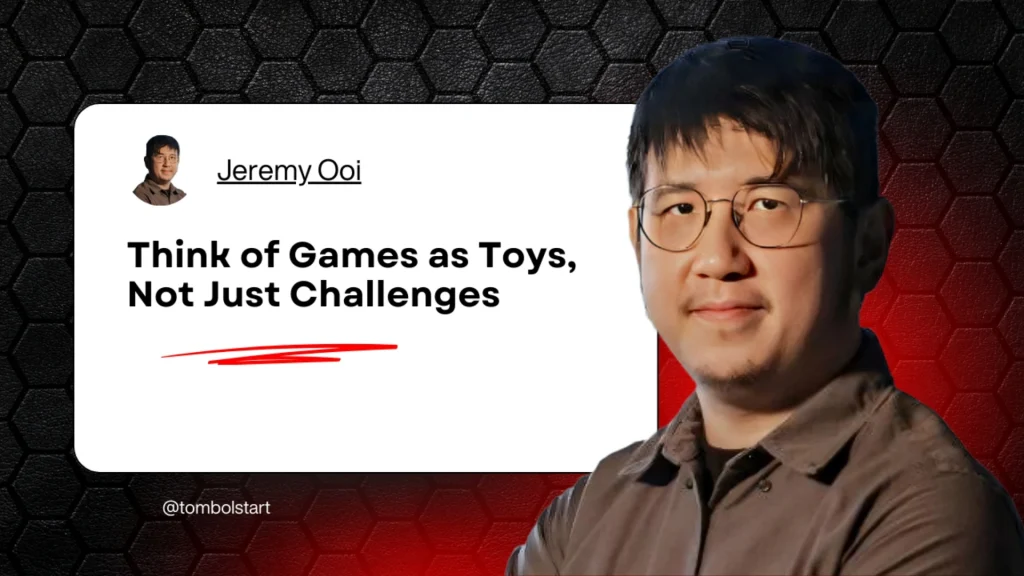Jeremy Ooi reminds game developers to think of games as toys first, not just as challenges. This way of thinking makes gameplay feel more fun, natural, and long-lasting. But what exactly does that mean?
Not Just About Goals and Challenges
When we talk about making games, the first things that usually come to mind are goals, levels, challenges, and the reward systems. That’s understandable really, since the industry has been built on that formula for decades. There’s always something to achieve, enemies to defeat, or an ending to reach.
But in his short reel, Jeremy Ooi challenges that mindset. He said “Before it is a game, try to think of it as you’re making a toy.” It sounds simple, but when you think about it, it makes perfect sense.
View this post on Instagram
A toy doesn’t need objectives to be fun. When we were kids, we could play with Lego for hours without being told to build a specific thing, or push Hot Wheels cars around without needing to race. The fun comes from our interaction with the toy itself.
So why not bring this philosophy into game design? If a game already feels enjoyable even without a big goal, then when you add objectives, obstacles, or story, the whole experience becomes much more satisfying.
Let’s Take an Example
Jeremy used Peak as his example, a game that’s currently booming. On the surface, Peak has a clear structure, climb a mountain and overcome obstacles.

But the most interesting part actually happens before the main gameplay begins. Before players start climbing, they’re placed in an airport area with no missions, no enemies, and no real challenges. Strangely enough tho, many players spend 20 minutes or even way more just hanging out in this space.
Why? Because that space works as a digital toy. Players can walk around, climb, express themselves, and chat with others. This shows us how game design that allows freeform exploration often feels more engaging than a strictly linear game that only pushes players toward the ending.
Peak is just one example, but plenty of other games use the same philosophy. Take another example GTA, most of us already know how much fun it can be to simply mess around in its world without even touching the missions. As developers, we need to understand this design philosophy so that our games feel more fun, engaging, and built to last.
Also read! Do You Need to Know How to Code to Make a Game? Not Necessarily!
The Toy Philosophy
Toys have always been a source of inspiration and creativity. Lego, for example, never forces you to build a castle or a plane. Even if the set comes with instructions, it always comes back to your own imagination.
Dolls or action figures don’t have levels to complete either, but the interactions they inspire can keep us busy for hours. This is the core of the toy philosophy, flexibility and freedom.
And for us as game developers, the big question is are the basic mechanics we create already fun on their own? Is walking, jumping, combat, or even just chatting inside the game enjoyable by itself? If the answer is yes, then we’ve captured the essence of a toy.
Once that’s achieved, then we can start inserting more. Like adding challenges, stories, rewards. The foundation will always be strong because players already enjoy the basics.
Also read! Don’t Enter the Game Industry!… Before You Know This
Fun Comes First!
The takeaway from Jeremy Ooi’s point is loud and clear, if you want to make a long-lasting game, fun must be the foundation. Think of your game as a toy first, something that feels good to touch, explore, and play with, even without direction.
These days, we see many games that look incredibly complex. Ultra-realistic graphics, deep crafting systems, long progression paths. But sometimes, all of that falls apart if the core gameplay simply isn’t fun.
Players get bored quickly if they’re only being forced to chase goals every minute without ever feeling free. That’s why Jeremy Ooi’s “toy philosophy” is such an important reminder.
As developers, the challenge now is to escape the narrow mindset that games always need to rely on flashy graphics or cinematic storytelling. Instead, try asking yourself, can players feel satisfied just by existing in the world we’ve created, without chasing anything?
In the end, the secret to why some games live longer and don’t just fade away is simple, they’re FUN.
References:

